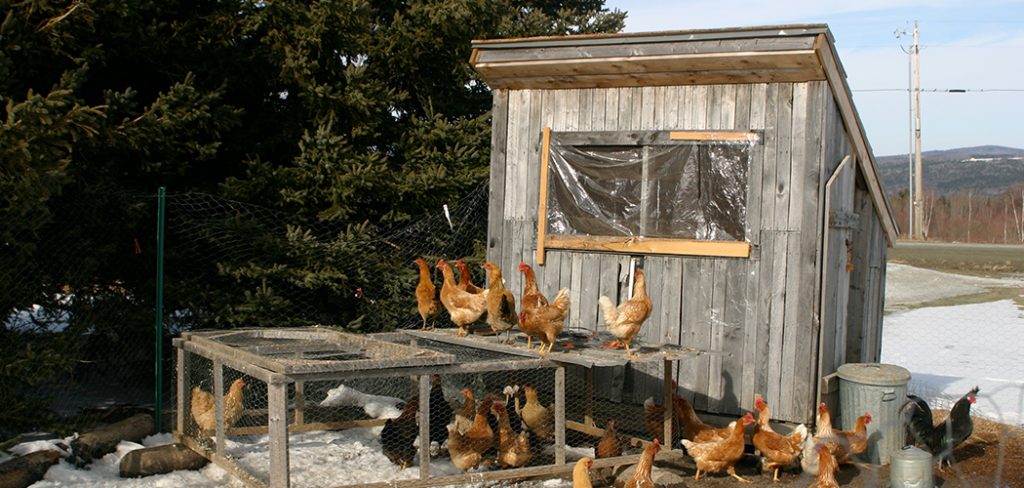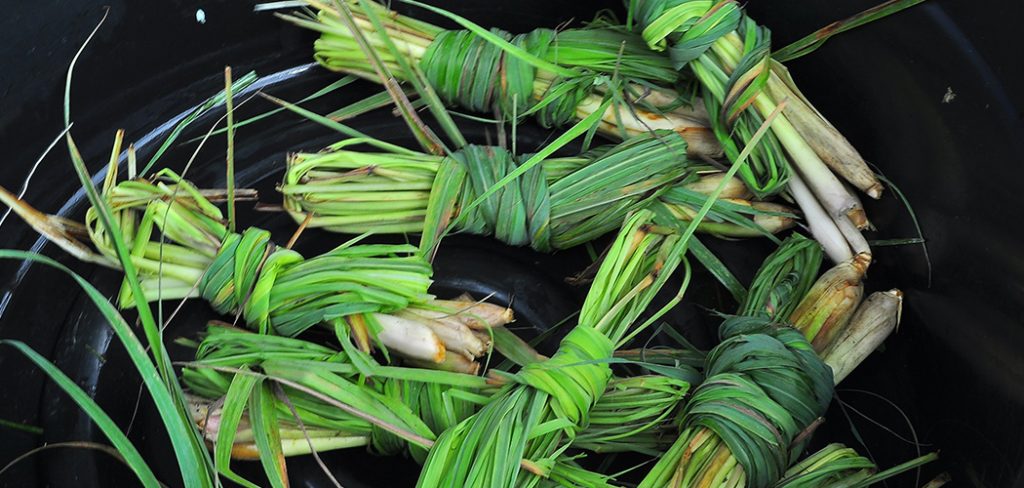Here’s how to get rid of slugs in the garden.
Slugs are soft-bodied mollusks that are gray, dull orange, or brown in color and are about one to three inches long. They usually hide in dark and damp places in the morning such as your soil, and then feed on your plants at night.
A slug infestation is, in a sense, a plant pandemic because it brings damages and diseases to plants, and because most parts of the world have it.
You’ll know that you have slugs in your garden when you see holes or chips on your plant’s leaves or stems. In some plants, they even eat fruits and spuds. They also leave behind a slime-like secretion on the leaves or surrounding soil. You might also find small white eggs in your soil or compost — these are slug eggs.
It’s important to make sure your garden is free from slugs because they can eat small seedlings entirely. They also spread diseases among the plants they touch. And lastly, their number can grow rapidly and cause more damage to your plants if not removed immediately.
How to Trap Slugs in the Garden
The first method of how to trap slugs in the garden is through putting a few pieces of cardboard or damp wood plank on the soil surrounding your plant at night and turning it over in the morning to check for slugs that may be hiding under it.
Scrape off the slugs from the cardboard or plank into a plastic container. Put the container in the freezer for about three hours or so, and then dump them on a compost pile once they’re frozen.
Another way to trap slugs is by putting beer in a shallow container and placing it in the surrounding soil. But, let’s face it, you’d rather drink the beer than put it out as a slug trap. Plus, there’s a cheaper slug trap that doesn’t involve beer.
The yeast in beer attracts the slugs, so all you have to do is to make a concoction similar to that. Here’s how: you’ll be needing two cups of water, two teaspoons of sugar or honey, two teaspoons of flour, and a teaspoon of yeast. Place them all in one bottle or container and then mix well. And that’s it! You now have your own slug trap.
Pour it onto a shallow container and then make a hole in the soil so that the mouth of your container is at ground level. Check your container every morning and get rid of the slugs so that your garden wouldn’t smell bad, and change the slug trap every few days to keep it fresh.
Lastly, grapefruit can help trap slugs. Put grapefruit peels open side down on the soil surrounding your plants. This attracts slugs and causes them to take shelter under it. Check the peels in the morning and then scrape off the slugs.
Slug Killer
Now that you’ve learned how to trap slugs in the garden, it’s time to learn how to kill them. (Or in less cruel terms, “get rid” of them).
If you don’t want to kill slugs yourself, one way to get rid of slugs is to place a bird feeder on your garden and let the birds chip at them and eat them. Birds prey on slugs, so attracting them to your garden by any means will, at the very least, decrease the slug population in your garden significantly.
The slug trap concoction mentioned above is actually a slug killer, so you can use that, too. Alcohol is also an effective slug killer. It penetrates the slug’s waxy coat and can kill it upon contact. Try looking for 70% ethyl alcohol as it works best in killing slugs.
To make an insecticide spray, mix equal parts water and 70% ethanol. If you have a 95% isopropyl alcohol, mix one part of it to one and a half parts of water to dilute it. Then, spray your insecticide on the soil to kill the slugs.
Slug Repellent
Now that you know how to kill slugs in the garden, it’s time to learn how to prevent them from coming back and damaging your plants.
There are actually a lot of easily available and homemade slug repellents which also benefit your plant and are safe for pets.
One slug repellent is broken eggshells. All you have to do is place these broken eggshells on the soil surrounding your plant. The sharp edges of the eggshells would keep the slugs away as it wouldn’t feel comfortable gliding through them. Imagine walking on or rolling over in broken glass. Painful, right? That’s exactly what eggshells do to slugs. Plus, eggshells will make for a good fertilizer for your soil once it decomposes. It’s a win-win situation!
Another effective slug repellent is coffee grounds. Once you’ve finished brewing your morning coffee, collect the dried coffee grounds that remained on the coffee filter and sprinkle them all over the soil. Slugs hate the smell of coffee, so that would make them turn back on eating your plants and look for other plants to feast on. Once these coffee ground decompose, they would also be good for your soil.
Lastly, you can use sand to repel slugs. It would also be uncomfortable for them to glide through sand, thus repelling them from harming your plants. Imagine having sand stuck all over your body after a nice day at the beach. It kind of kills some of the fun, doesn’t it? You wouldn’t want sand to get caught up in your hair either, right? It’s hard to wash off. And, for slugs it’s much worse because their bodies are slimy, so the sand would stick much longer. Boom, repelled. And sand is also good for retaining soil moisture, thus helping your plant grow better.
Conclusion
Slugs in the garden don’t seem so bad now, do they? It’s true that they ruin all the fun of seeing your plant grow healthily, but sometimes they really can’t be avoided, especially during rainy seasons. The best thing you can do is to check your plants regularly so that you can get ahead of slugs, weeds, and other plant diseases, and get rid of them as soon as they come up in your plants.
If you are aware that you live in an area where slugs are prominent, it’s best to take preventive measures for your garden, especially when you’re starting with or transplanting seedlings.
And, if, by any chance, you still get a slug infestation in your garden, don’t worry. At least you now know a lot of different and easy ways to get rid of them.
Happy gardening!
Check my other post on Urban gardening and hacks for a sustainable farming.

